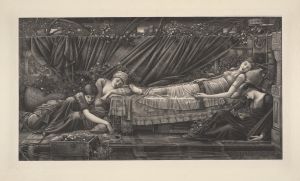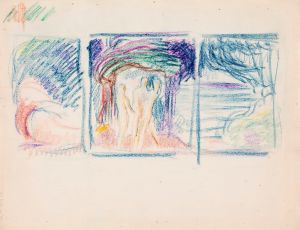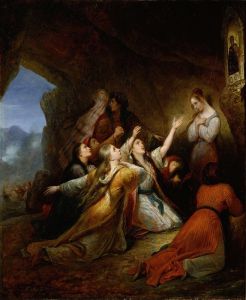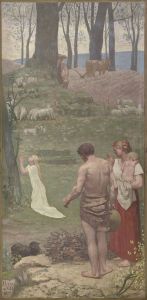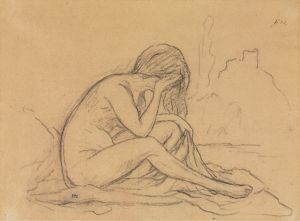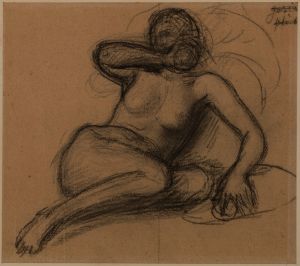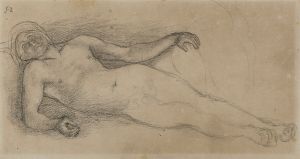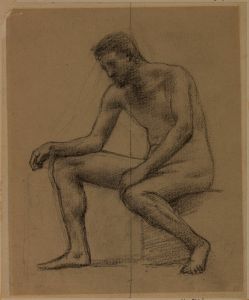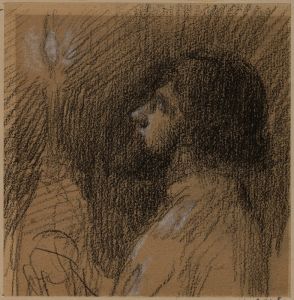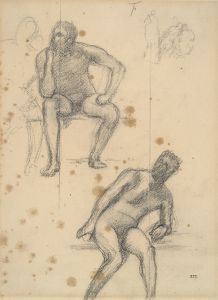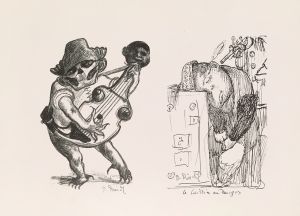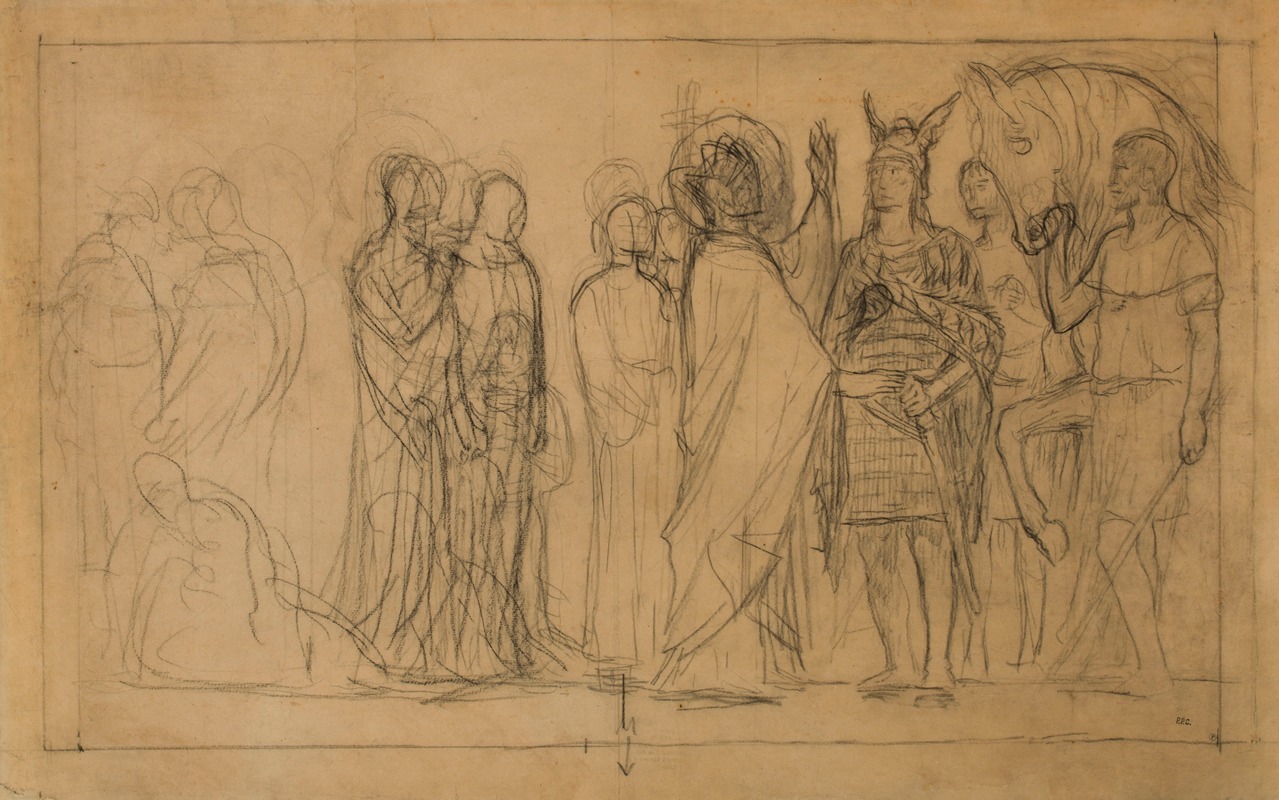
Etude pour la dernière composition du Panthéon non exécutée
A hand-painted replica of Pierre Puvis de Chavannes’s masterpiece Etude pour la dernière composition du Panthéon non exécutée, meticulously crafted by professional artists to capture the true essence of the original. Each piece is created with museum-quality canvas and rare mineral pigments, carefully painted by experienced artists with delicate brushstrokes and rich, layered colors to perfectly recreate the texture of the original artwork. Unlike machine-printed reproductions, this hand-painted version brings the painting to life, infused with the artist’s emotions and skill in every stroke. Whether for personal collection or home decoration, it instantly elevates the artistic atmosphere of any space.
Pierre Puvis de Chavannes, a prominent French painter of the 19th century, is renowned for his large-scale murals and allegorical style. One of his notable works is "Etude pour la dernière composition du Panthéon non exécutée," which translates to "Study for the Last Composition of the Panthéon Not Executed." This piece is a study or preparatory work for a larger project that was intended for the Panthéon in Paris, a building that serves as a mausoleum containing the remains of distinguished French citizens.
Puvis de Chavannes was commissioned to create several murals for the Panthéon, a project that occupied much of his career. His work in the Panthéon was intended to reflect the grandeur and historical significance of the building, which was originally conceived as a church dedicated to St. Genevieve, the patron saint of Paris, and later converted into a mausoleum during the French Revolution. The artist's murals were meant to complement the building's architectural and historical context, celebrating French history, culture, and achievements.
The "Etude pour la dernière composition du Panthéon non exécutée" represents a study for a mural that was ultimately not completed or installed in the Panthéon. As a study, this work would have been part of Puvis de Chavannes' process of developing his ideas and compositions before executing the final mural. Studies often include sketches, color tests, and compositional experiments that help the artist refine their vision.
Puvis de Chavannes' style is characterized by its classical influences, muted color palette, and serene, contemplative figures. His work often conveys a sense of timelessness and idealism, drawing on historical and mythological themes. In his studies, these elements would be evident as he explored the themes and narratives he intended to portray in the final mural.
While specific details about the content and themes of "Etude pour la dernière composition du Panthéon non exécutée" are not widely documented, it can be inferred that the study would align with Puvis de Chavannes' broader artistic goals for the Panthéon project. His murals in the Panthéon, such as "The Life of Saint Genevieve," depict scenes of French history and spirituality, emphasizing moral and civic virtues.
The fact that this particular composition was not executed suggests that it may have been part of a larger vision that was either altered or abandoned due to various factors, such as changes in commission, artistic direction, or practical constraints. Despite not being realized in its intended form, the study remains a testament to Puvis de Chavannes' artistic process and his contributions to the cultural and artistic heritage of France.
Puvis de Chavannes' work, including his studies, continues to be appreciated for its aesthetic qualities and its role in the development of modern art. His influence can be seen in the works of later artists who admired his ability to blend classical themes with modern sensibilities. The study for the Panthéon, though not executed, is a valuable piece of art history, offering insights into the creative process of one of France's most esteemed painters.






